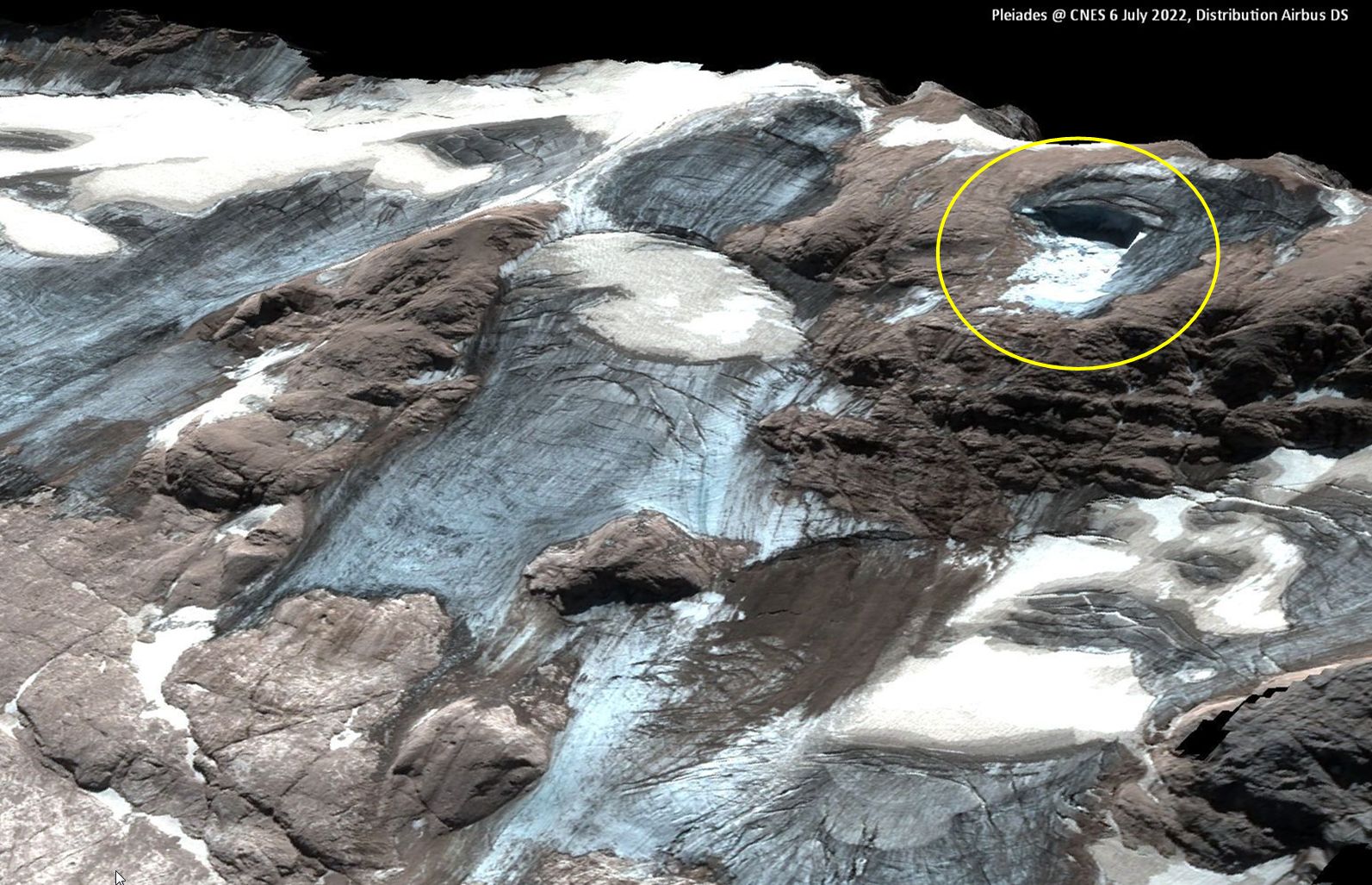Publication of the Sentinel-HR phase-0 study final report
As agreed by CNES, the Sentinel-HR phase-0 study report has been published on HAL. This report can therefore be widely shared and cited in your own work:
Julien Michel, Olivier Hagolle, Anne Puissant, Pierre-Alexis Herrault, Thomas Corpetti, et al.. Sentinel-HR Phase 0 Report. [Research Report] CNES – Centre national d’études spatiales; CESBIO. 2022. ⟨hal-03643411⟩
This report summarizes 15 months of work from a small team at CNES, helped by an enthusiast scientific mission group, and with a greatly appreciated support and small funding from the prospective team at CNES. It is organised as follows:
- Chapter 1 describes the programmatic context of the mission as well as objectives and means of the phase-0 study
- Chapter 2 describes Sentinel-HR expected benefits through 12 application use-cases
- Chapter 3 describes two possible designs for the mission : one uses a pair of ad-hoc satellites, the other use 12 modified CO3D satellites
- Chapter 4 presents our work on spatio-temporal fusion and super-resolution in order to assess the feasiblity of Sentinel-HR / Sentinel-2 (NG) hybrid products
Many thanks to all (often benevolent) contributors !








